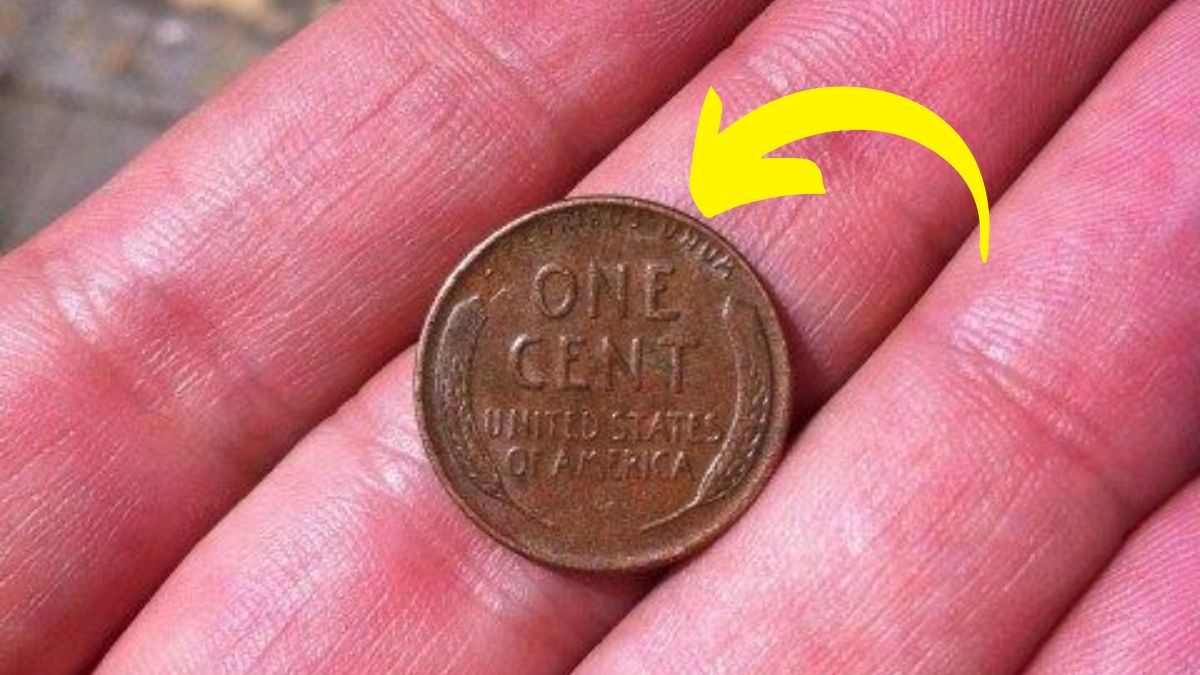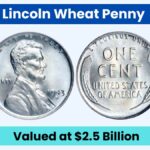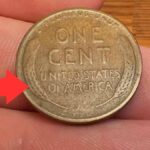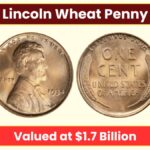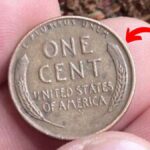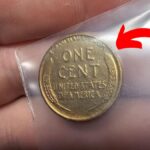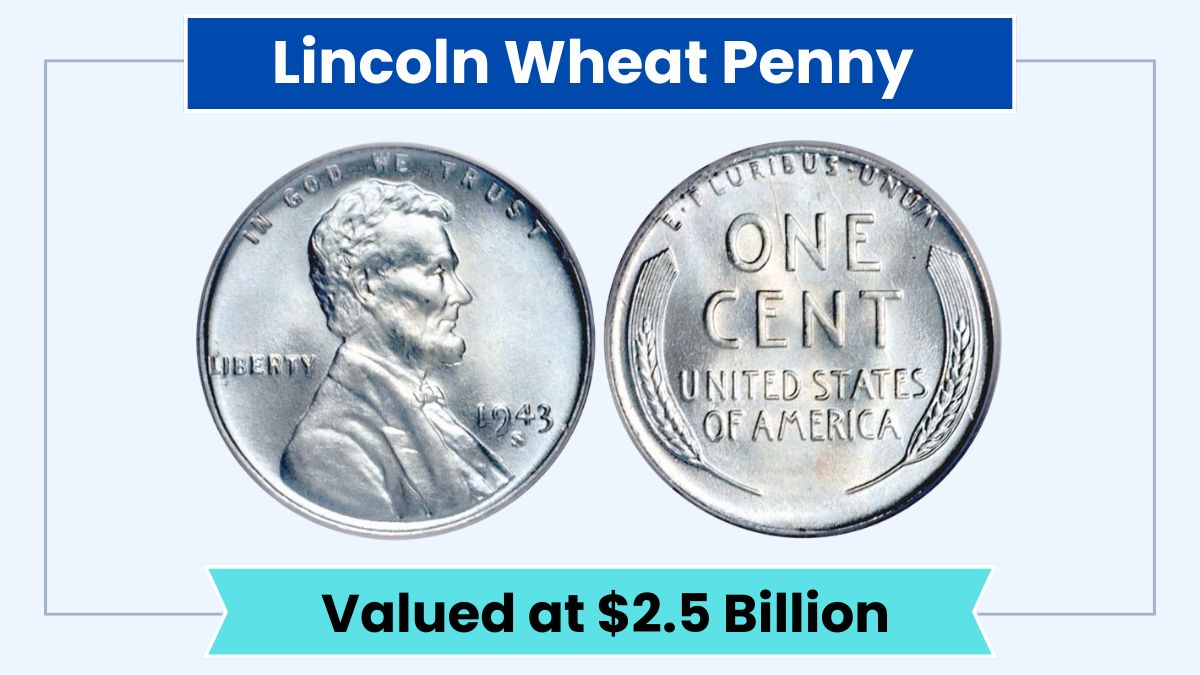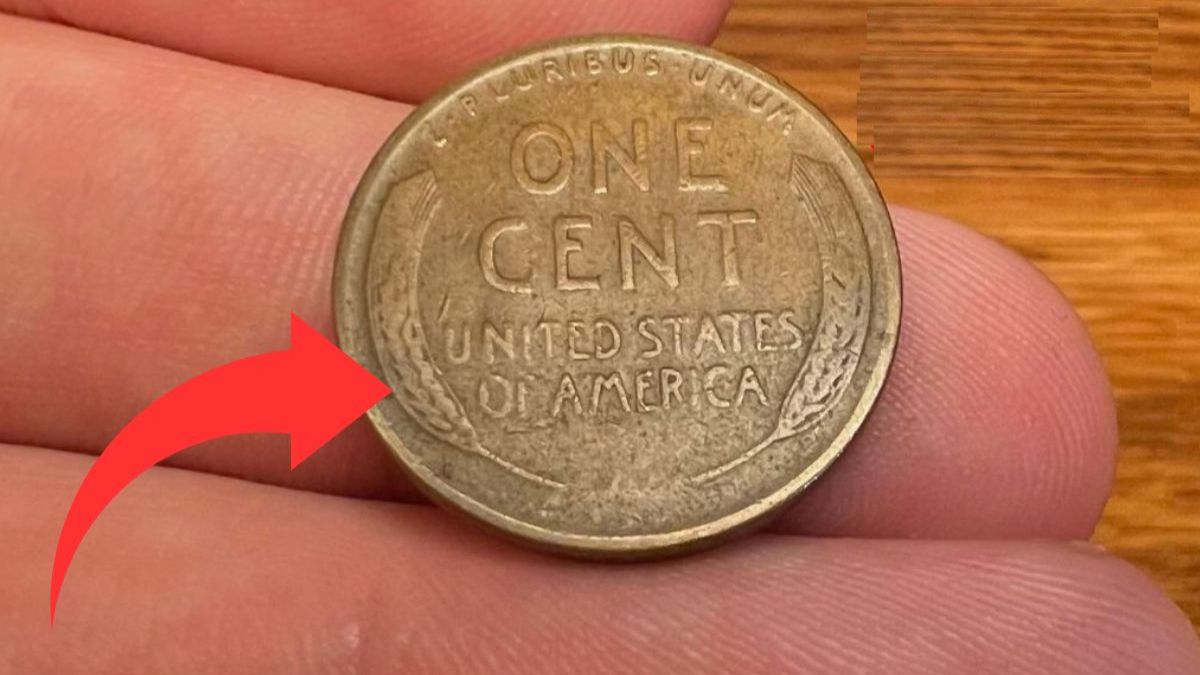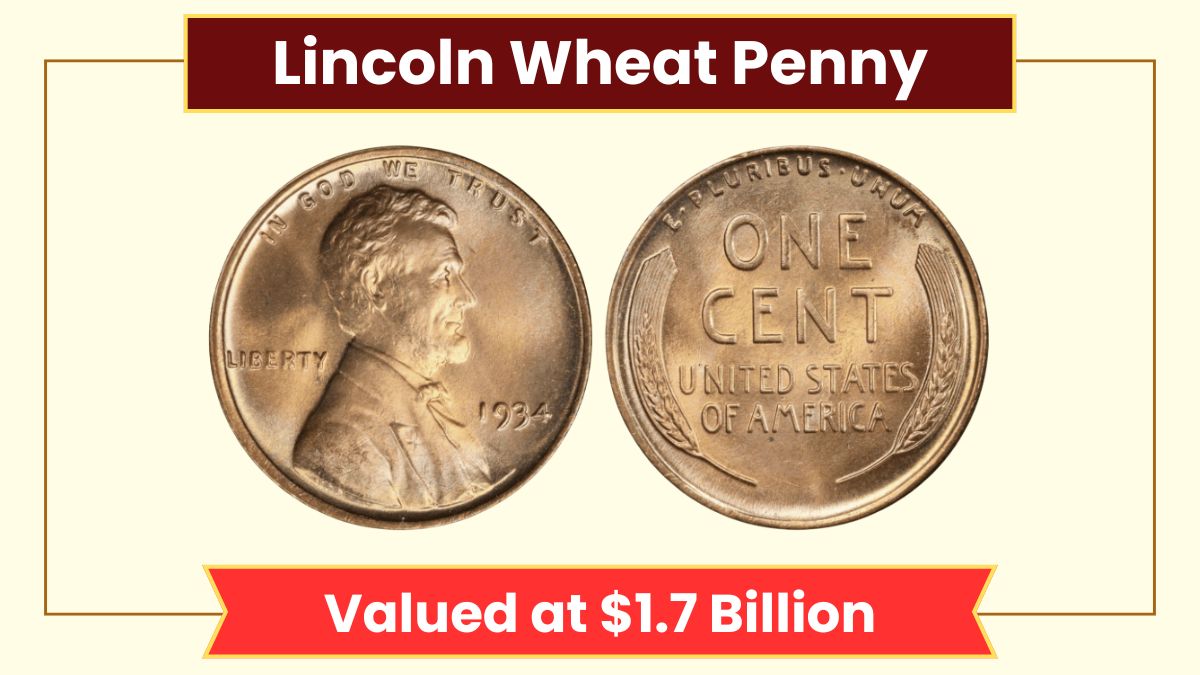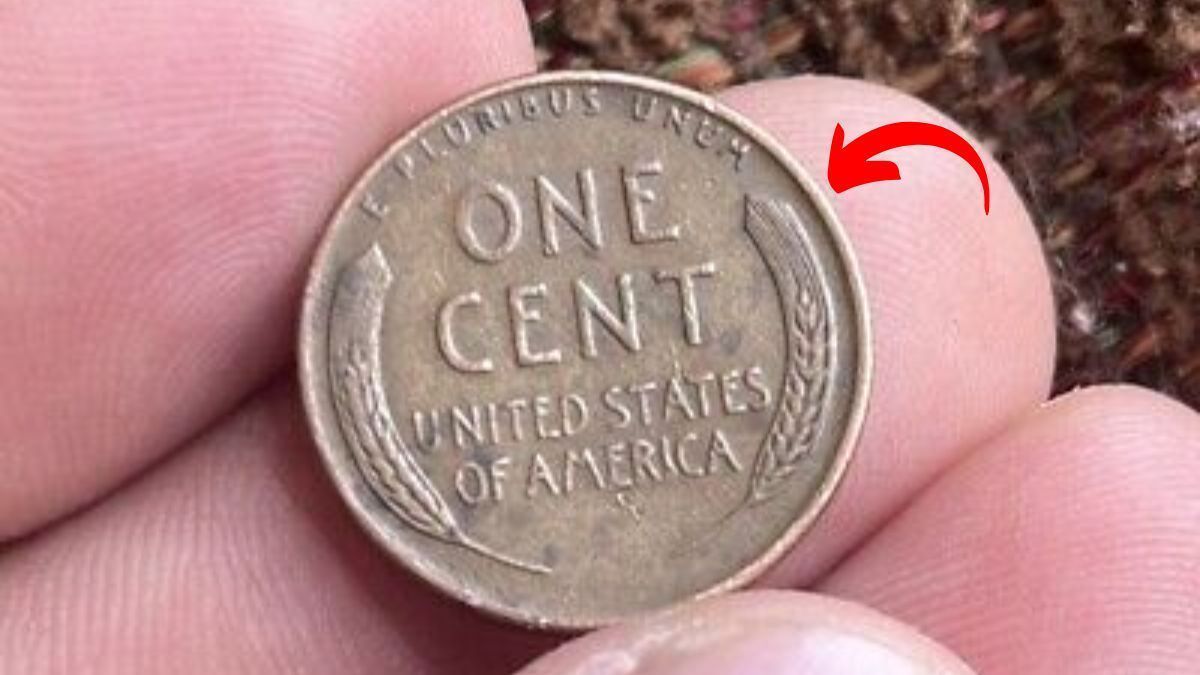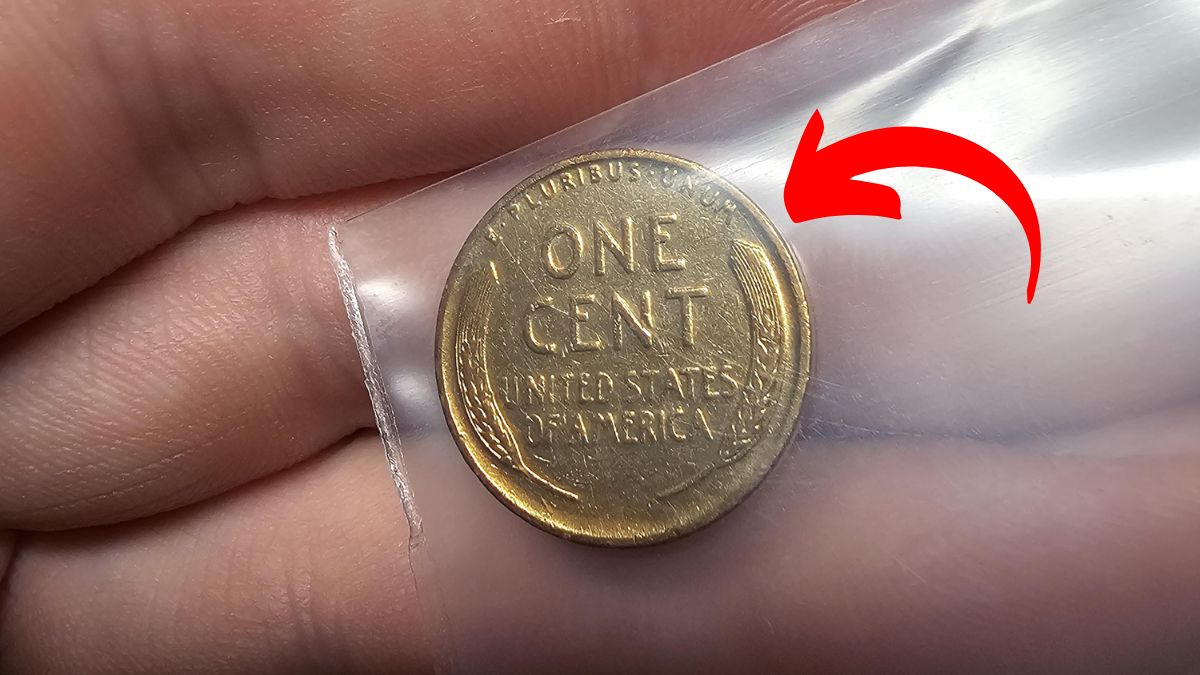It’s hard to believe that a simple one-cent coin could be worth millions. But it’s true! A rare version of the Lincoln Wheat Penny has been valued at an amazing $19 million. Even more surprising is the fact that this valuable coin may still be in circulation today. That means it’s possible that this rare penny could be sitting in your piggy bank or hidden in your pocket change.
What Is the Lincoln Wheat Penny?
The Lincoln Wheat Penny, also called the Wheat Cent, was first made in 1909. It was the first U.S. coin to feature a real person—President Abraham Lincoln. The front side has Lincoln’s portrait, and the back shows two wheat stalks, which is why it’s called the “Wheat Penny.” These coins were produced until 1958.
Most Wheat Pennies are not rare and are only worth a few cents. However, some special versions are extremely valuable due to rare mistakes or limited production.
Why Is This Particular Penny Worth $19 Million?
A few Lincoln Wheat Pennies were made with rare mistakes during production. These mistakes make the coins very rare and valuable. The $19 million Wheat Penny is likely one of the following:
-
1943 Bronze Wheat Penny: During World War II, the U.S. government used steel instead of copper to save copper for military use. But a small number of 1943 pennies were mistakenly made using copper. These bronze pennies are now extremely rare.
-
Double Die Error: Some Wheat Pennies have a mistake where the letters or numbers were stamped twice, creating a blurry or doubled effect. These are also worth a lot.
-
Limited Mintage: Some pennies were made in very small numbers or at certain mint locations, which makes them more valuable to collectors.
One of these rare coins, in perfect condition and with a verified minting error, was sold or valued at $19 million because of its rarity, condition, and historical importance.
How Can You Tell If You Have the $19 Million Penny?
Here are some easy ways to check if your penny is rare and possibly worth millions:
-
Check the Date: Look for a 1943 penny. If it’s made of copper (bronze) and not steel, it could be extremely rare.
-
Use a Magnet: Steel pennies stick to magnets, but copper ones do not. If your 1943 penny does not stick to a magnet, it could be valuable.
-
Look for Errors: Check for double letters, strange shapes, or unusual features. These may indicate a rare minting mistake.
-
Mint Marks: Check for mint marks like “S” (San Francisco) or “D” (Denver) under the year. Some marks are more valuable than others.
If you think you have a rare coin, don’t clean it. Cleaning can reduce its value. Instead, take it to a professional coin dealer or have it graded by an expert service.
Why Is It Still in Circulation?
Even though it sounds unlikely, some of these rare Wheat Pennies may still be in circulation. Many people don’t know the value of old coins and may spend them as regular change. Some rare coins have even been found in garage sales, old piggy banks, or coin jars.
That’s why it’s important to check your coins carefully. You never know when you might find a hidden treasure.
Conclusion: Keep Your Eyes Open
The story of the Lincoln Wheat Penny worth $19 million is a perfect example of how something small can be extremely valuable. It shows that treasure doesn’t always come in big boxes—sometimes, it’s in your pocket.
So, the next time you get change at a store or look through old coins at home, take a closer look at those pennies. You might be holding a rare piece of history—and a small fortune.
Disclaimer: The prices mentioned for rare coins, including the Lincoln Wheat Penny, are not guaranteed and may not be entirely accurate due to market fluctuations and varying appraisals.
